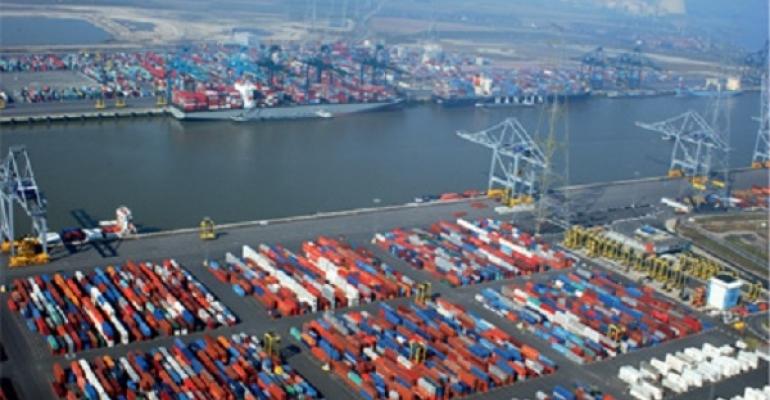As part of the port authority's key initiatives to make the port's activities more sustainable, Fluxys will add a permanent LNG bunkering facility by the end of next year to complement the existing mobile (truck-to-ship) bunkering service.
The permanent LNG facility is set to be completed by the end of 2019, and over the next year and a half Fluxys will construct the infrastructure needed for barges and smaller seagoing ships to fill up with LNG at a permanent facility with LNG storage. The company will work closely with G&V Energy Group, which will also build an LNG filling station for trucks on the same site, which should further help to improve the air quality in the port area as heavy vehicles will be able to switch to the cleaner burning fuel.
Fluxys currently already has facilities that enables barges and smaller seagoing ships to bunker LNG smoothly and flexibly round-the-clock, using LNG tanker trucks, a procedure known as truck-to-ship bunkering.
The ports of Antwerp, Amsterdam, Rotterdam, Zeebrugge, Bremen, Le Havre and Marseille are currently collaborating under the auspices of the International Association of Ports and Harbours to develop a suitable accreditation process for the provision of LNG bunkering services, known as the LNG Accreditation Audit Tool.
Switching to LNG helps lower emissions, and is especially applicable to help ships and heavy duty trucks move to lower greenhouse gas emissions and improve air quality.
Copyright © 2024. All rights reserved. Seatrade, a trading name of Informa Markets (UK) Limited. Add Seatrade Maritime News to your Google News feed.


